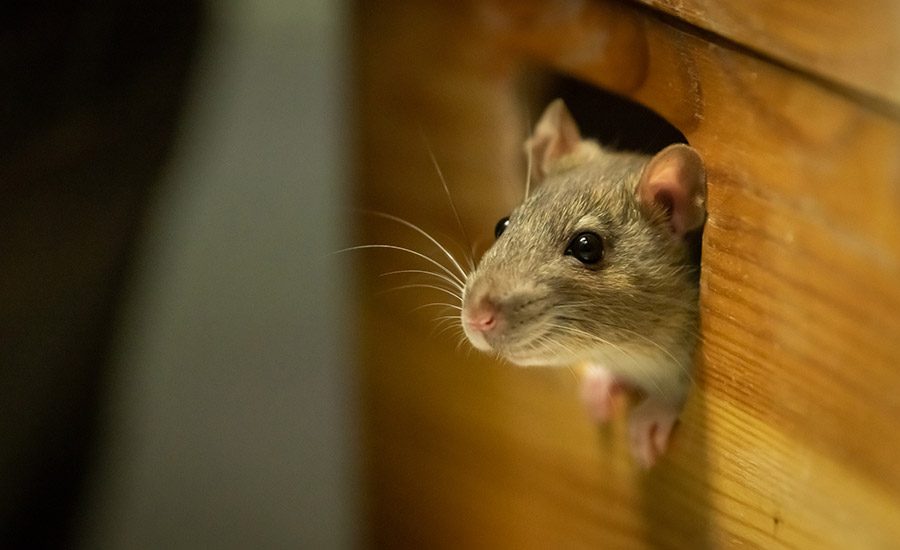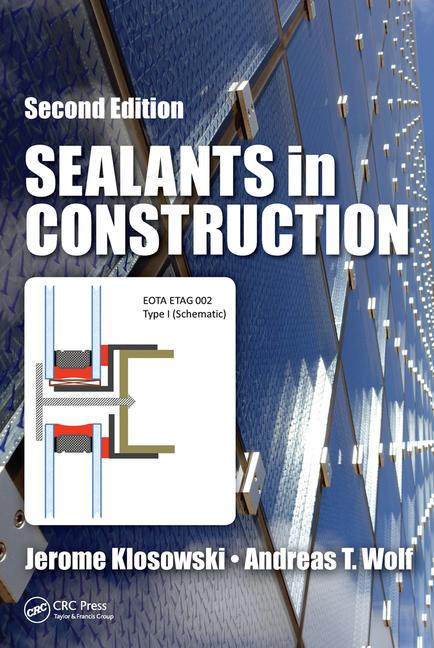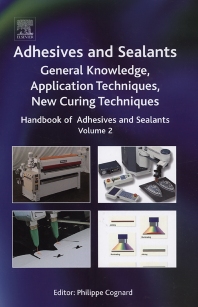Study Forecasts Growth in Aerospace Sealants Market
.jpg?1709670950)
The global aerospace sealants market is experiencing growth due to increase in demand for air travel. Airlines and aircraft operators often seek to modernize their fleets to improve operational efficiency, reduce maintenance costs, and enhance passenger comfort. This trend towards fleet renewal drives the production of new aircraft, which require aerospace sealants for assembly, maintenance, and repair. However, advanced aerospace sealants with superior performance characteristics often come with a higher price tag, which can be a restraint for cost-conscious airlines and manufacturers. Surge in space exploration and aerospace innovations is expected to provide lucrative opportunities in the market.
Allied Market Research has published a report, titled, "Aerospace Sealants Market by Resin Type (Polysulfide Sealants, Silicone Sealants, Polyurethane Sealants and Others), Application (Fuel tank, Airframe, Avionics, Windows & Windshields and Others), and Aircraft (Commercial Aircraft, Military Aircraft, General Aviation and Helicopters): Global Opportunity Analysis and Industry Forecast, 2024-2032". According to the report, the aerospace sealants market was valued at $0.8 billion in 2023, and is estimated to reach $1.3 billion by 2032, growing at a CAGR of 5.4% from 2024 to 2032.
The global aerospace sealants market is experiencing growth due to a rise in demand for aircraft and the surge in interest in space exploration and the increasing number of satellite launches. However, stringent regulatory compliance and the high cost of advanced sealants is expected to hamper market growth. Developments in electric and hybrid aircraft are expected to provide lucrative opportunities in the aerospace sealants market during the forecast period.
According to Allied Market Research, the silicone sealant segment is expected to remain the largest type throughout the forecast period. One of the primary uses of silicone sealants in aerospace applications is for sealing critical joints and seams in aircraft structures. These sealants are specifically designed to withstand the extreme conditions experienced during flight, including rapid changes in temperature and pressure. By forming a durable and flexible seal, silicone sealants help maintain the structural integrity of aircraft components, ensuring safe and efficient operation.
The research reports that the airframe segment is expected to lead throughout the forecast period. Sealants play a crucial role in sealing fuel tanks to prevent leakage and ensure the integrity of the fuel containment system. Specialized fuel tank sealants are resistant to aviation fuels and hydraulic fluids, providing a reliable barrier against fluid seepage. These sealants are applied to seams, access panels, and penetrations in the fuel tank structure, meeting stringent regulatory standards for fuel system integrity. Aerospace sealants are used extensively in wing structures to seal joints, seams, and attachment points. This includes sealing wing skins, ribs, spars, and leading-edge components. Sealants help maintain the aerodynamic efficiency of the wings by minimizing airflow disruptions and reducing drag. They also protect against corrosion and moisture ingress, ensuring the structural integrity of the wing assembly.
According to the study, the commercial aircraft segment dominated the aerospace sealant market throughout the forecast period. Aerospace sealants are crucial for maintaining the structural integrity and performance of commercial aircraft. These sealants are applied to various components and surfaces to prevent leaks, corrosion, and other forms of degradation. Their primary purpose is to ensure that the aircraft remains airtight and watertight, which is vital for both the safety and efficiency of the aircraft. Aerospace sealants are used in the assembly and maintenance of aircraft engines and propulsion systems. These sealants are resistant to high temperatures, chemicals, and vibration, making them suitable for sealing and bonding engine components such as turbine casings, fuel lines, and exhaust systems. By preventing the leakage of fluids and gases, aerospace sealants help optimize the performance and reliability of aircraft engines, reducing the risk of malfunctions and enhancing operational safety.
When analyzed by region, the study expects Asia-Pacific to maintain its dominance by 2032. Aerospace sealants play a crucial role in the aviation industry across the Asia-Pacific region, where they are utilized for various applications ranging from aircraft manufacturing to maintenance, repair, and overhaul (MRO) activities. In countries such as China and Japan, which boast significant aerospace manufacturing capabilities, aerospace sealants are extensively used in the production of commercial and military aircraft. These sealants are applied during the assembly process to seal joints, seams, and gaps in aircraft structures, including fuselages, wings, and control surfaces. By forming durable bonds and preventing moisture ingress, corrosion, and fatigue, aerospace sealants contribute to the structural integrity and performance of aircraft, meeting stringent safety and regulatory standards enforced by aviation authorities.
The report provides a detailed analysis of the key players in the global aerospace sealants market, which include PPG, 3M, Ellsworth Adhesives, H.B. Fuller, Henkel, Dow, Bostik, and Huntsman. These players have adopted different strategies such as new product launches, collaborations, expansion, joint ventures, agreements, and others to increase their market share and maintain dominant shares in different regions. This report highlights business performance, operating segments, product portfolio, and strategic moves of market players to showcase the competitive scenario. Learn more by visiting www.alliedmarketresearch.com/aerospace-sealants-market-A15851.
Looking for a reprint of this article?
From high-res PDFs to custom plaques, order your copy today!







